Home>Furniture & Design>Bathroom Accessories>How To Remove Silicone Caulk From Bathtub
Bathroom Accessories
How To Remove Silicone Caulk From Bathtub
Modified: March 2, 2024
Learn effective techniques for removing silicone caulk from your bathtub and improve your bathroom accessories. Follow our step-by-step guide for best results!
(Many of the links in this article redirect to a specific reviewed product. Your purchase of these products through affiliate links helps to generate commission for Storables.com, at no extra cost. Learn more)
Introduction
Removing silicone caulk from a bathtub can be a daunting task, but with the right tools and techniques, it can be accomplished effectively. Over time, silicone caulk can become discolored, cracked, or moldy, detracting from the overall appearance of your bathtub. Whether you're preparing to recaulk the bathtub or simply aiming to refresh its appearance, knowing how to remove silicone caulk is a valuable skill for any homeowner.
Silicone caulk is a popular choice for sealing bathtubs due to its durability and water-resistant properties. However, its strong adhesion can make it challenging to remove without the proper approach. By following a few simple steps and using the appropriate materials, you can effectively remove silicone caulk from your bathtub and restore its pristine condition.
In the following guide, we will walk you through the step-by-step process of removing silicone caulk from your bathtub. From gathering the necessary materials to softening the caulk and finally cleaning the area, we will provide you with comprehensive instructions to ensure a successful caulk removal process. With a bit of patience and the right approach, you can achieve a clean and smooth surface, ready for recaulking or simply for a fresh, polished look. Let's dive into the process and reclaim the beauty of your bathtub!
Key Takeaways:
- Say goodbye to old caulk! Gather the right tools and materials, soften the caulk, remove it carefully, and clean the area for a fresh, polished bathtub ready for recaulking or a new look.
- Removing silicone caulk from your bathtub is a meticulous process that requires patience and precision. With the right tools and techniques, you can achieve a clean, smooth, and rejuvenated surface, ready for recaulking or a refreshed appearance.
Read more: How To Remove Old Caulking From Bathtub
Step 1: Gather the necessary materials
Before embarking on the task of removing silicone caulk from your bathtub, it's essential to gather the necessary materials to ensure a smooth and efficient process. Having the right tools at your disposal will not only make the job easier but also contribute to achieving better results. Here's a comprehensive list of materials you'll need for this undertaking:
1. Safety Gear
- Protective Gloves: Silicone caulk removal often involves working with chemical solvents and sharp tools. Therefore, it's crucial to protect your hands with durable gloves to prevent any potential injuries or skin irritation.
- Safety Goggles: When using chemical solvents or sharp tools, safeguarding your eyes is paramount. Safety goggles will shield your eyes from any accidental splashes or debris during the caulk removal process.
2. Caulk Removal Tools
- Caulk Removal Tool: A specialized caulk removal tool or a razor blade can be used to carefully cut and scrape away the old silicone caulk from the bathtub's surface. This tool is instrumental in achieving precision and minimizing damage to the surrounding areas.
- Utility Knife: A sharp utility knife can also be employed to score and cut through the caulk, facilitating its removal from the edges and corners of the bathtub.
3. Chemical Solvents
- Silicone Caulk Remover: Investing in a high-quality silicone caulk remover can significantly expedite the caulk removal process. Look for a remover specifically designed to dissolve silicone-based caulking while being safe for use on various surfaces.
- Rubbing Alcohol: This household staple can be used to clean the bathtub surface before applying the caulk remover, ensuring optimal adhesion and effectiveness.
Read more: How To Remove Mold From Bathtub Caulk
4. Cleaning Supplies
- Scrubbing Pad or Brush: A non-abrasive scrubbing pad or brush will aid in loosening and removing any residual caulk and adhesive from the bathtub surface.
- Mild Detergent: Using a mild detergent or soap, along with warm water, will help in thoroughly cleaning the bathtub after the caulk removal process, preparing it for recaulking or simply restoring its appearance.
5. Optional Items
- Heat Gun or Hair Dryer: If the silicone caulk proves particularly stubborn, a heat gun or hair dryer can be used to gently warm and soften the caulk, making it easier to remove.
By ensuring you have these essential materials on hand, you'll be well-prepared to tackle the task of removing silicone caulk from your bathtub with confidence and efficiency. With the right tools and a methodical approach, you can effectively restore the beauty of your bathtub and prepare it for the next steps in the recaulking process.
Step 2: Soften the caulk
Once you have gathered the necessary materials, the next crucial step in removing silicone caulk from your bathtub is to soften the caulk. Over time, silicone caulk can become hardened and firmly adhered to the bathtub surface, making it challenging to remove without proper softening. By softening the caulk, you can significantly ease the removal process and minimize the risk of damaging the bathtub's surface.
Methods for Softening the Caulk
1. Apply a Silicone Caulk Remover:
- Begin by carefully following the manufacturer's instructions for the silicone caulk remover. Typically, this involves applying the remover directly onto the old caulk and allowing it to penetrate and soften the silicone.
- The caulk remover works by breaking down the chemical bonds of the silicone, effectively weakening its adhesion to the bathtub surface. This process may take some time, so it's important to allow the remover to work its magic before attempting to remove the caulk.
2. Use Rubbing Alcohol:
- Before applying the silicone caulk remover, you can use rubbing alcohol to clean the surface and ensure optimal adhesion of the caulk remover. Simply dampen a clean cloth with rubbing alcohol and thoroughly wipe the area where the caulk is present.
- Rubbing alcohol helps to remove any residual soap scum, dirt, or oils that may hinder the effectiveness of the caulk remover. This step prepares the surface for the subsequent application of the caulk remover, enhancing its ability to soften the caulk.
3. Employ Heat Application:
- In cases where the silicone caulk proves particularly stubborn, the application of heat can aid in softening it for easier removal. A heat gun or a hair dryer set to a moderate temperature can be used to gently warm the caulk.
- Hold the heat source a few inches away from the caulk and move it back and forth along the caulk line. The heat will help to soften the silicone, making it more pliable and easier to remove without causing damage to the bathtub surface.
Read more: How To Scrape Caulk From A Bathtub
Patience and Monitoring
Softening the caulk requires patience, as the process may take some time to effectively weaken the silicone's adhesion. It's essential to monitor the caulk as it softens, ensuring that the remover or heat application does not cause any adverse effects on the bathtub surface. By allowing the softening process to unfold gradually and attentively, you can prepare the caulk for the subsequent removal stage.
By employing these methods to soften the caulk, you can pave the way for a smoother and more efficient caulk removal process. Softening the caulk not only facilitates its removal but also minimizes the risk of damaging the bathtub, ultimately contributing to a successful and satisfying outcome.
Step 3: Remove the caulk
With the silicone caulk softened and prepared for removal, the next step involves carefully and methodically removing the caulk from the bathtub's surface. This process requires precision and patience to ensure that the caulk is completely eliminated without causing damage to the surrounding areas. Here's a detailed guide on how to effectively remove the softened caulk:
1. Use a Caulk Removal Tool or Razor Blade:
- Begin by using a caulk removal tool or a sharp razor blade to gently cut and lift the softened caulk from the bathtub's edges. The goal is to create a clean separation between the caulk and the surface without scratching or damaging the surrounding materials.
- Work methodically along the caulk line, applying controlled pressure to lift and peel away the softened caulk. Take care to avoid using excessive force, as this can lead to unintended damage to the bathtub or adjacent tiles.
2. Scrape Residual Caulk:
- After the majority of the softened caulk has been removed, use the caulk removal tool or razor blade to scrape off any residual caulk that may still be clinging to the surface. This step ensures that the bathtub's edges are thoroughly cleaned and prepared for recaulking or simply for a polished appearance.
Read more: How To Remove Silicone From Glass
3. Exercise Caution in Corners and Edges:
- Pay special attention to the corners and edges of the bathtub, as these areas often require extra care during caulk removal. Use the tip of the caulk removal tool or razor blade to delicately maneuver around these intricate areas, ensuring that all remnants of caulk are effectively eliminated.
4. Clean the Surface:
- Once the caulk has been successfully removed, use a damp cloth or sponge to wipe down the bathtub's surface, removing any remaining traces of caulk or debris. This step prepares the surface for the subsequent cleaning process, ensuring that it is free from any residual caulk or adhesive.
By following these meticulous steps, you can effectively remove the softened caulk from your bathtub, leaving behind a clean and smooth surface ready for the next phase of the recaulking process. Taking the time to methodically remove the caulk ensures that the bathtub's appearance is restored and that it is primed for the next steps in the maintenance or renovation process.
Step 4: Clean the area
After successfully removing the silicone caulk from your bathtub, the final step involves thoroughly cleaning the area to ensure that the surface is free from any residual caulk, adhesive, or debris. This critical cleaning phase not only prepares the bathtub for recaulking but also contributes to restoring its pristine appearance. Here's a detailed guide on how to effectively clean the area after caulk removal:
1. Remove Residual Debris:
Begin by inspecting the bathtub surface for any remaining debris or traces of caulk. Use a vacuum cleaner with a brush attachment or a handheld brush to gently remove any loose particles, ensuring that the surface is free from any lingering debris.
Read more: How To Store Silicone Caulk
2. Apply Mild Detergent Solution:
Prepare a solution of mild detergent or soap and warm water. Using a sponge or soft cloth, apply the detergent solution to the bathtub surface, gently scrubbing to remove any residual caulk or adhesive. This step helps in lifting off any stubborn remnants and preparing the surface for a thorough rinse.
3. Rinse the Surface:
After scrubbing the bathtub surface with the detergent solution, thoroughly rinse it with clean water. Ensure that all traces of the detergent and loosened debris are completely washed away, leaving behind a clean and refreshed surface.
4. Dry the Bathtub:
Using a clean, dry cloth or towel, carefully dry the bathtub surface to remove any excess moisture. Pay attention to the corners and edges, ensuring that no water or moisture is left behind. A completely dry surface is essential for optimal adhesion during the recaulking process.
5. Inspect for Residual Caulk:
Once the bathtub surface is dry, inspect it carefully for any remaining traces of caulk or adhesive. If any remnants are found, use a gentle scrubbing pad or brush to target these areas, ensuring that the surface is entirely free from any residual caulk.
Read more: How To Caulk Around Bathtub
6. Final Wipe Down:
To complete the cleaning process, perform a final wipe down of the bathtub surface using a clean, damp cloth. This step helps in removing any last traces of debris and ensures that the surface is impeccably clean and ready for the next steps in the maintenance or renovation process.
By meticulously cleaning the area after caulk removal, you can ensure that your bathtub is impeccably prepared for recaulking or simply for a refreshed and polished appearance. This thorough cleaning process sets the stage for the next phase of maintaining and enhancing your bathtub, allowing you to achieve professional-quality results with confidence and precision.
Conclusion
In conclusion, the process of removing silicone caulk from a bathtub is a task that requires patience, precision, and the right tools. By following the step-by-step guide outlined in this article, you can effectively restore the beauty of your bathtub and prepare it for recaulking or simply for a refreshed appearance.
The initial step of gathering the necessary materials ensures that you are well-equipped to tackle the caulk removal process with confidence. Safety gear, caulk removal tools, chemical solvents, and cleaning supplies are essential components that contribute to a smooth and efficient caulk removal experience.
Softening the caulk is a crucial phase that sets the stage for successful removal. Whether using a silicone caulk remover, rubbing alcohol, or heat application, the goal is to weaken the caulk's adhesion and make it more pliable for removal. Patience and attentiveness during this phase are key to achieving optimal results.
The meticulous process of removing the caulk requires careful attention to detail. Using caulk removal tools or razor blades, scraping residual caulk, and exercising caution in corners and edges are essential steps in ensuring that the caulk is completely eliminated without causing damage to the bathtub's surface.
Finally, the thorough cleaning of the area after caulk removal ensures that the bathtub surface is free from any residual debris, adhesive, or caulk. This prepares the surface for recaulking or simply for a polished and refreshed appearance, setting the stage for the next phase of maintenance or renovation.
By following these comprehensive steps and taking the time to execute each phase with care, you can achieve professional-quality results and reclaim the beauty of your bathtub. Whether you're preparing for recaulking or simply aiming to refresh the appearance of your bathtub, the process of removing silicone caulk is a valuable skill for any homeowner.
With the knowledge and techniques gained from this guide, you can confidently tackle the task of removing silicone caulk from your bathtub, knowing that you have the expertise to achieve a clean, smooth, and rejuvenated surface. Embrace the process, enjoy the transformation, and take pride in maintaining the beauty of your home.
Frequently Asked Questions about How To Remove Silicone Caulk From Bathtub
Was this page helpful?
At Storables.com, we guarantee accurate and reliable information. Our content, validated by Expert Board Contributors, is crafted following stringent Editorial Policies. We're committed to providing you with well-researched, expert-backed insights for all your informational needs.
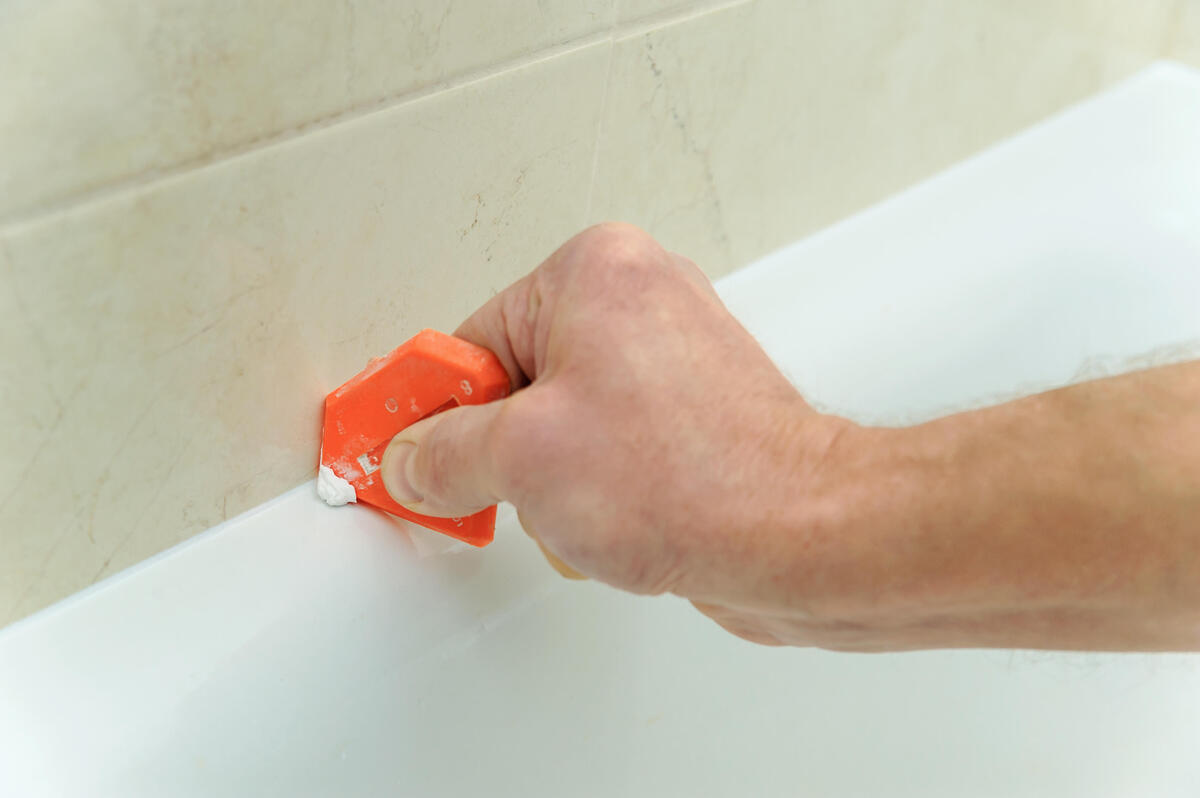
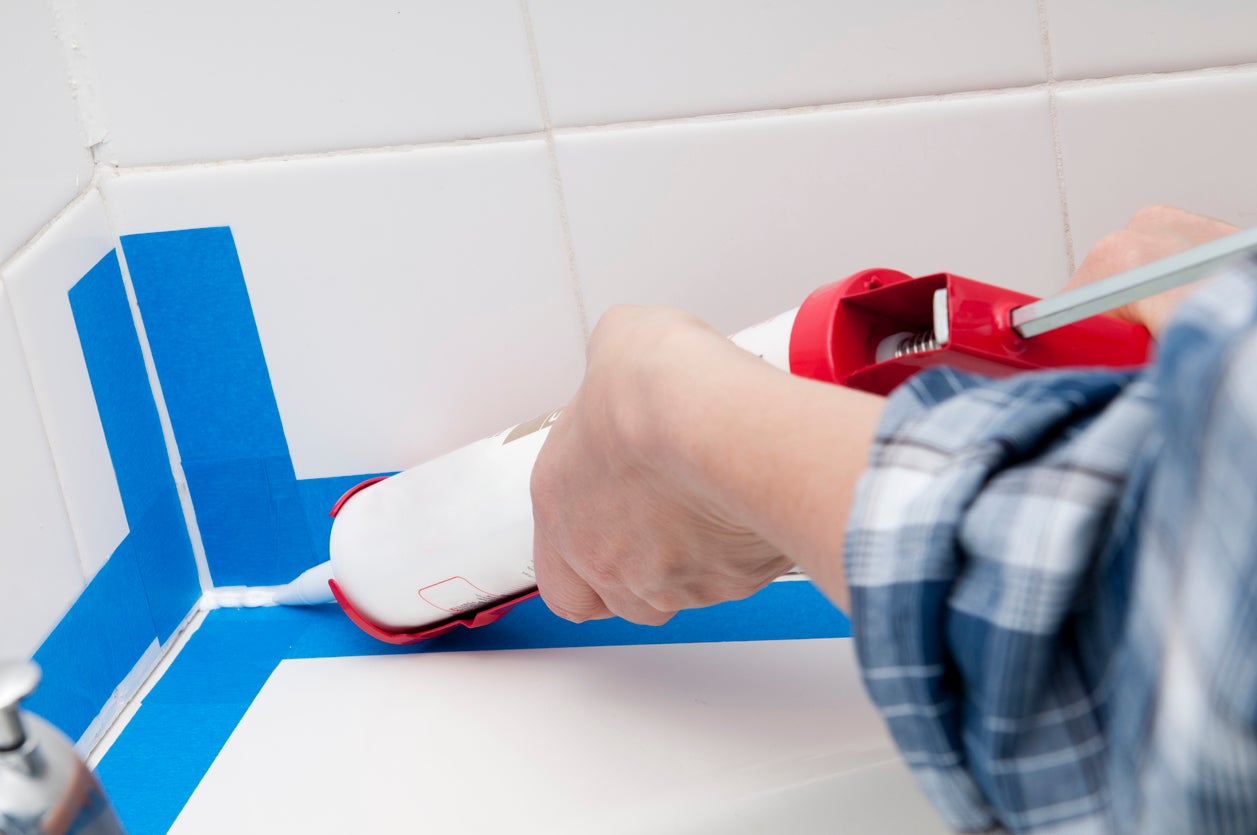
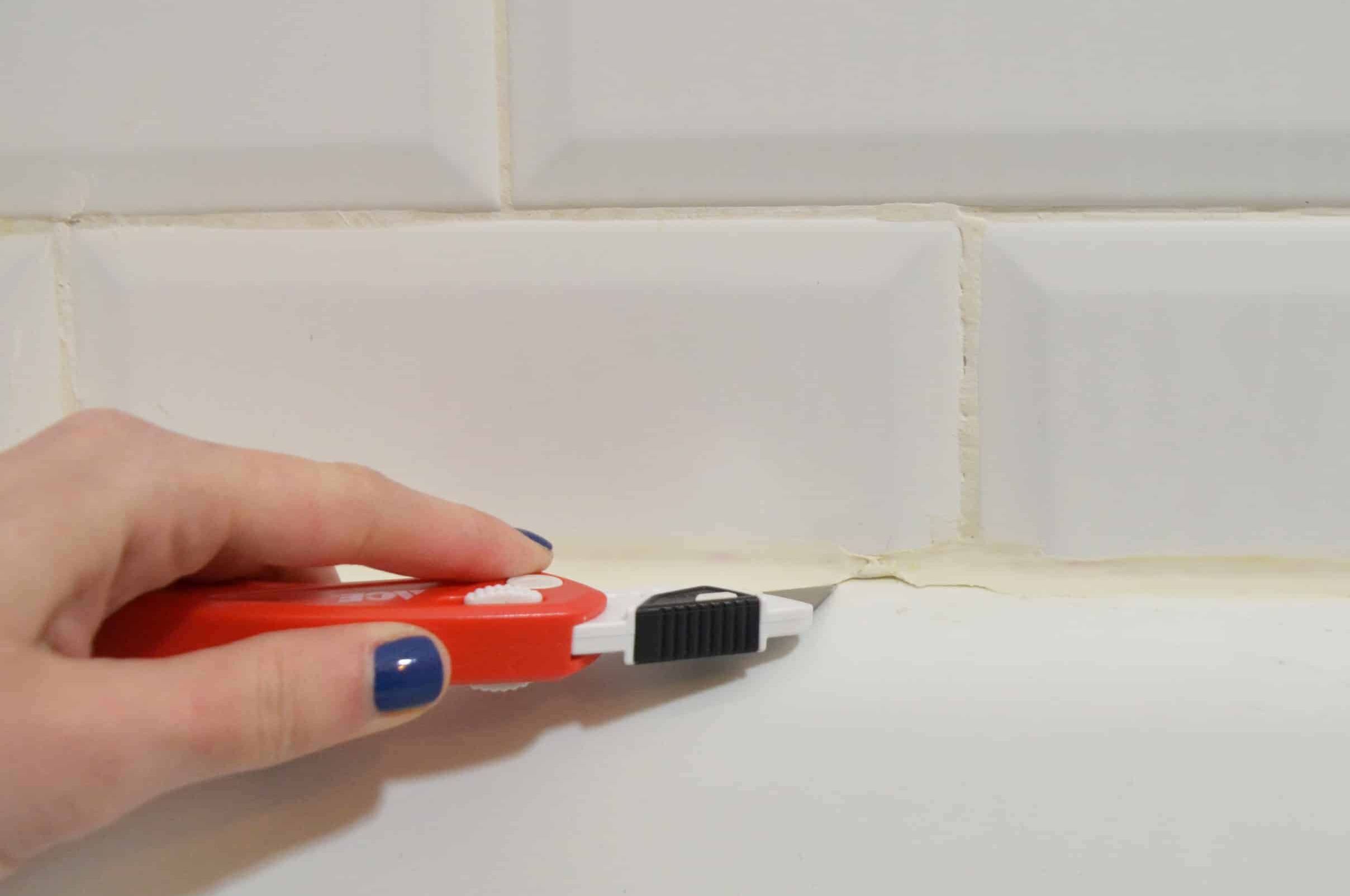
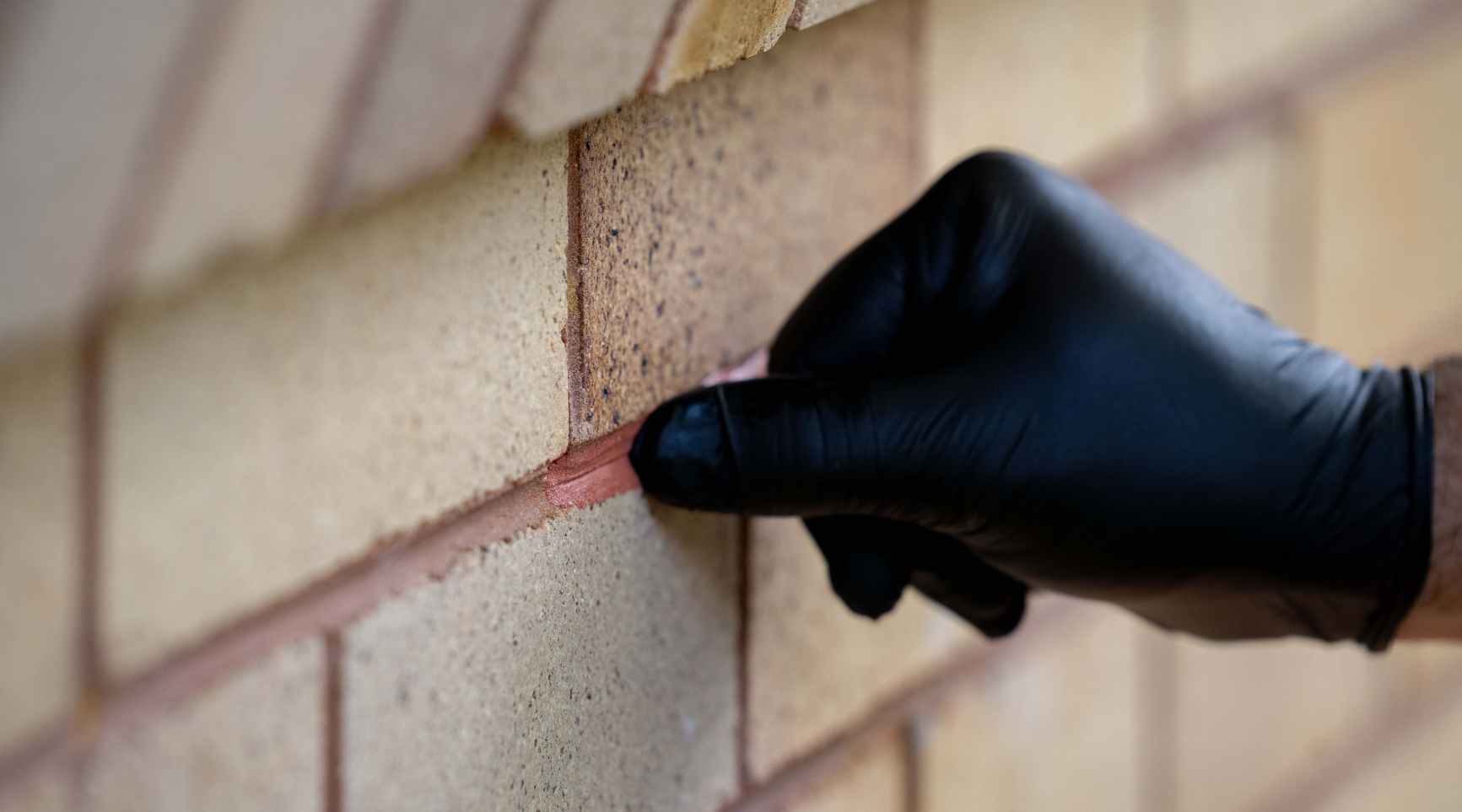
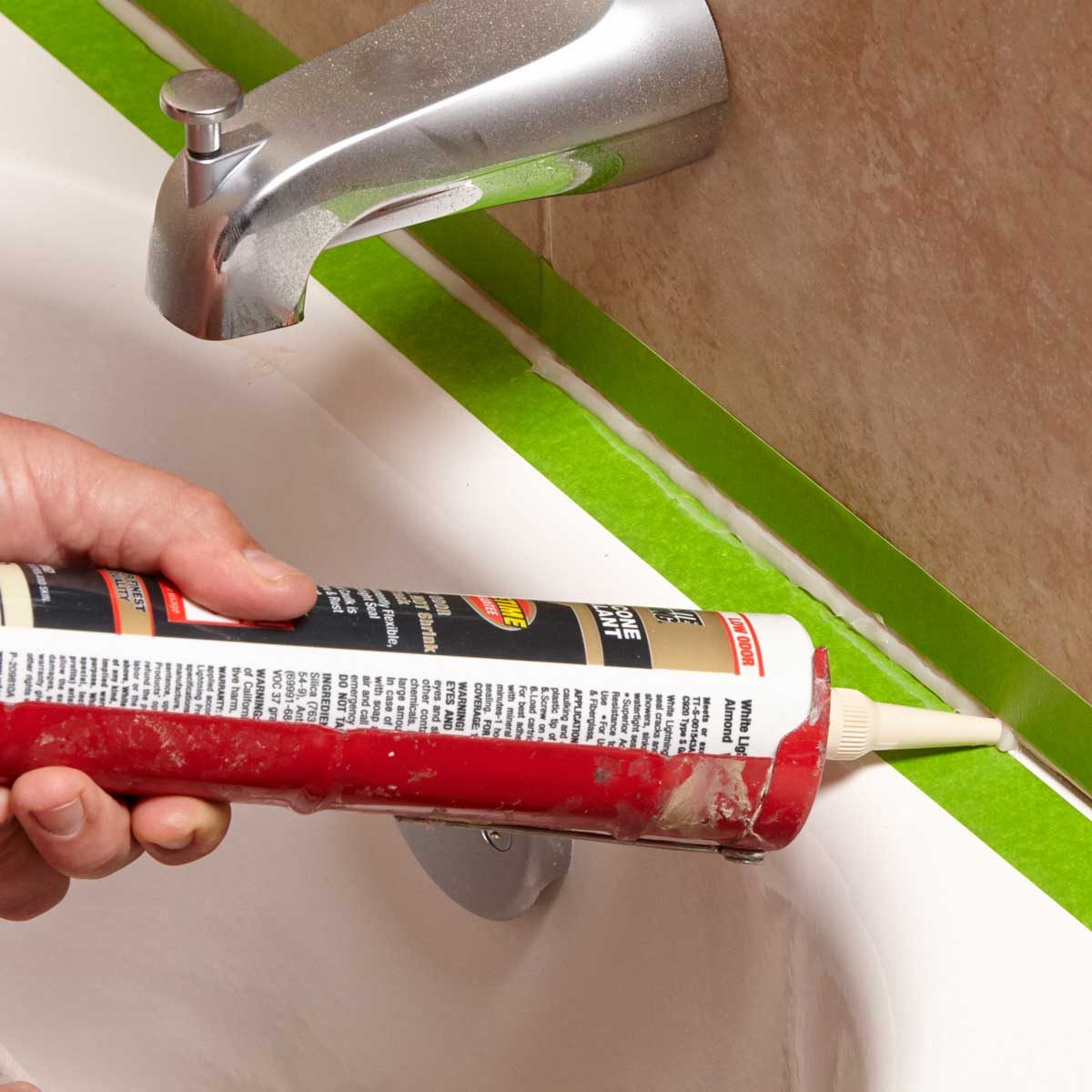
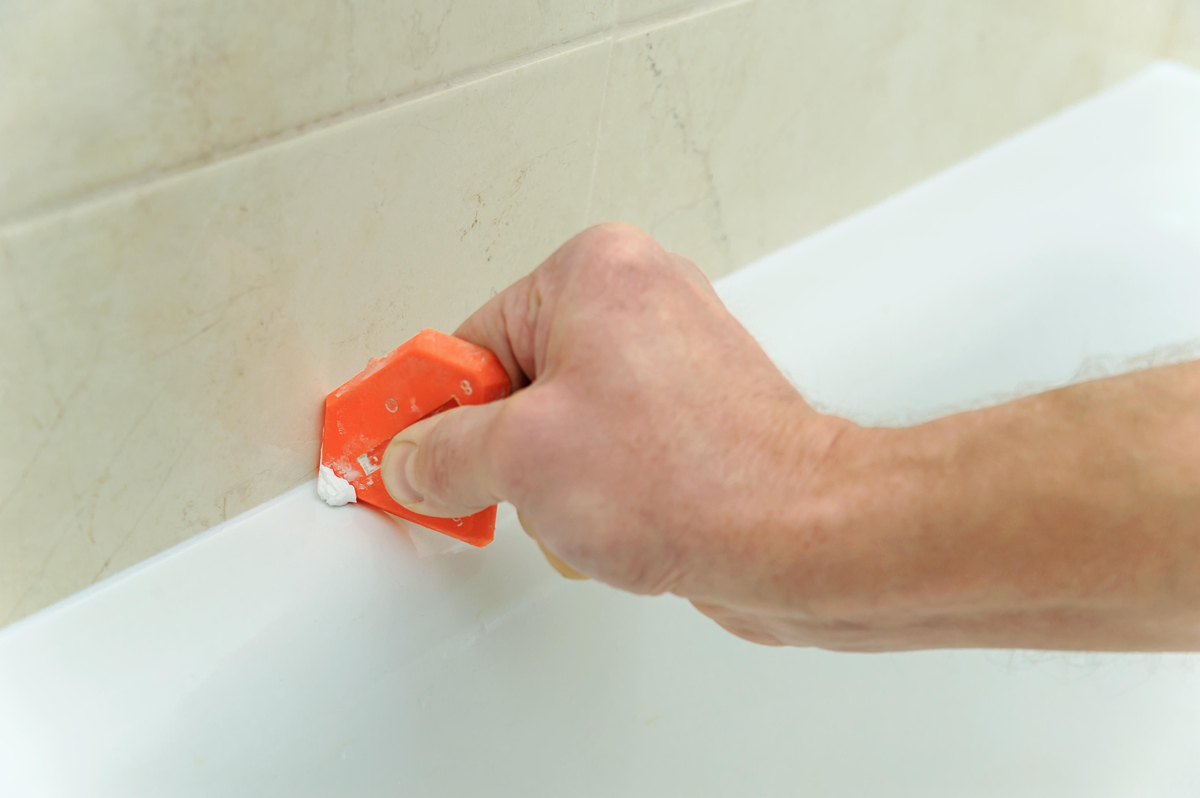
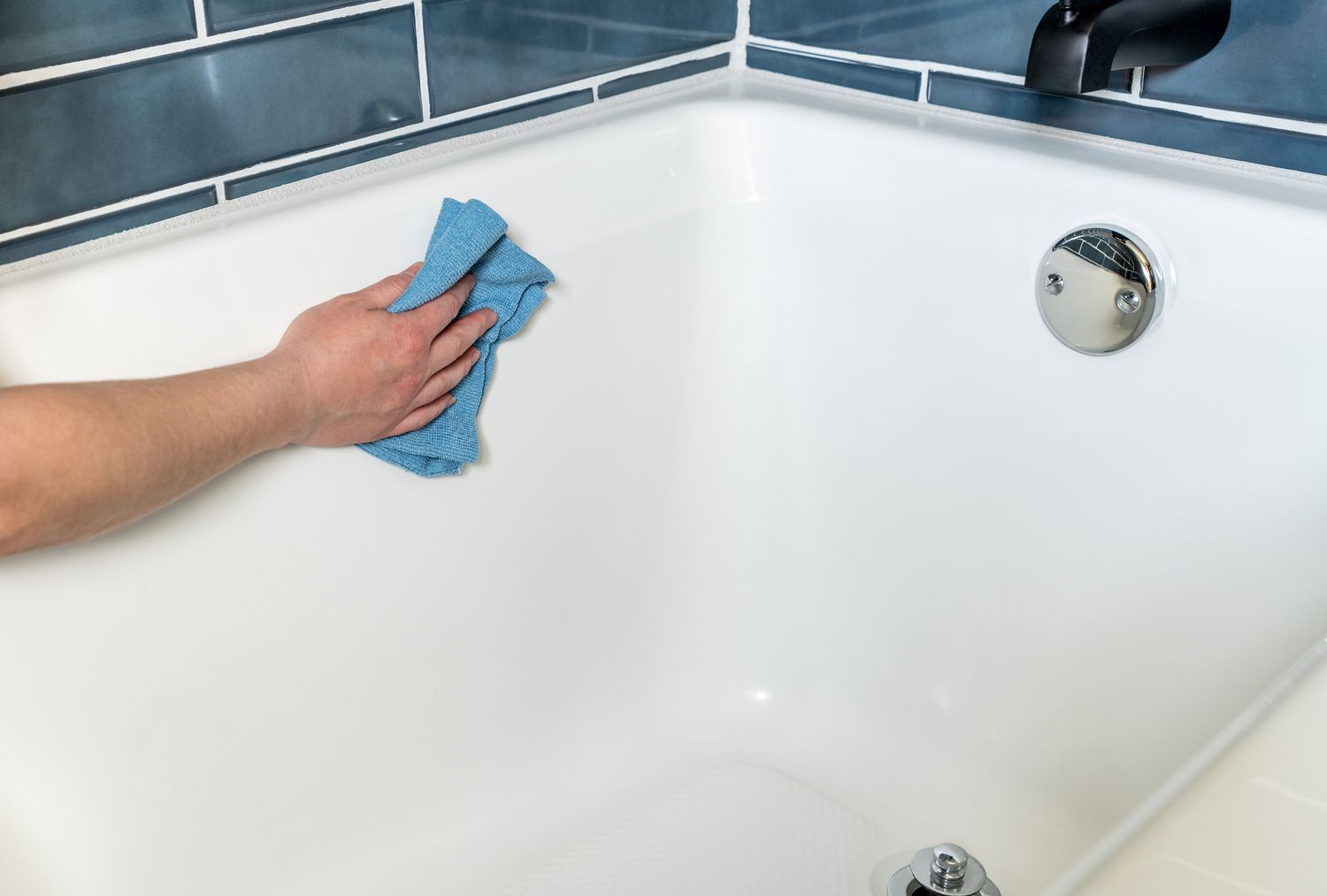
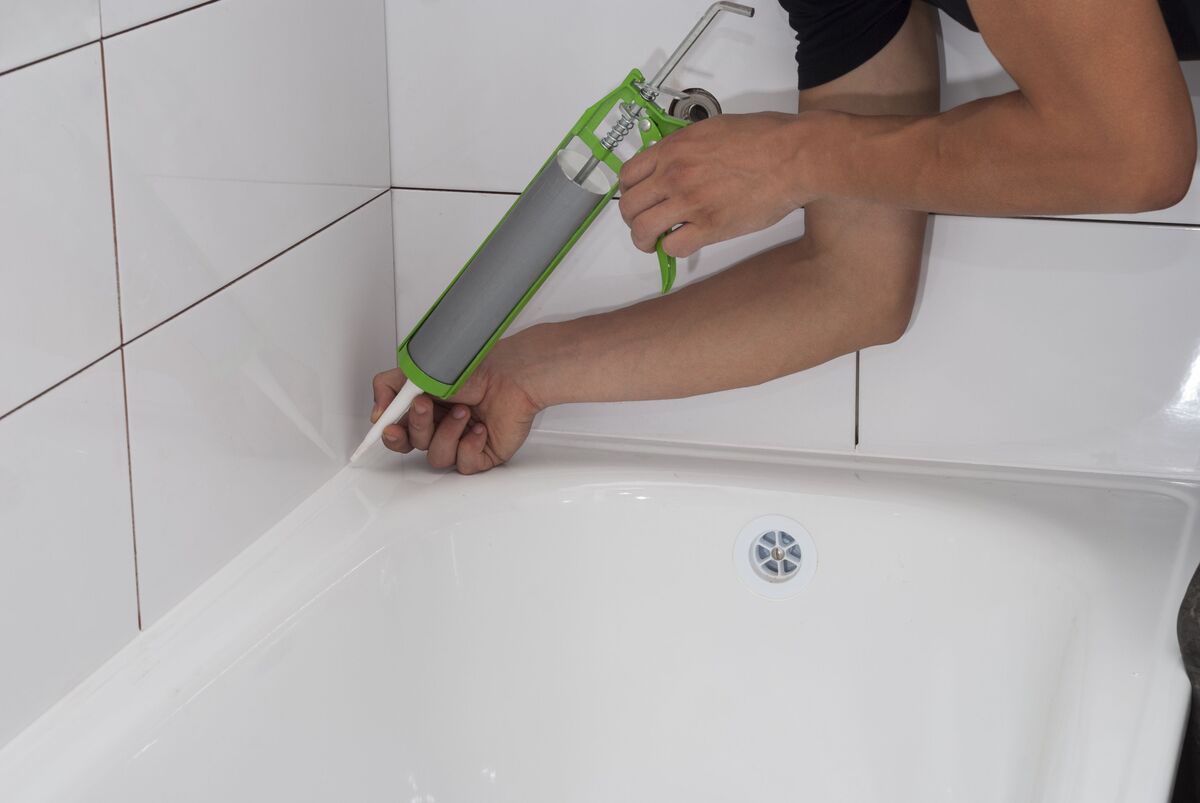
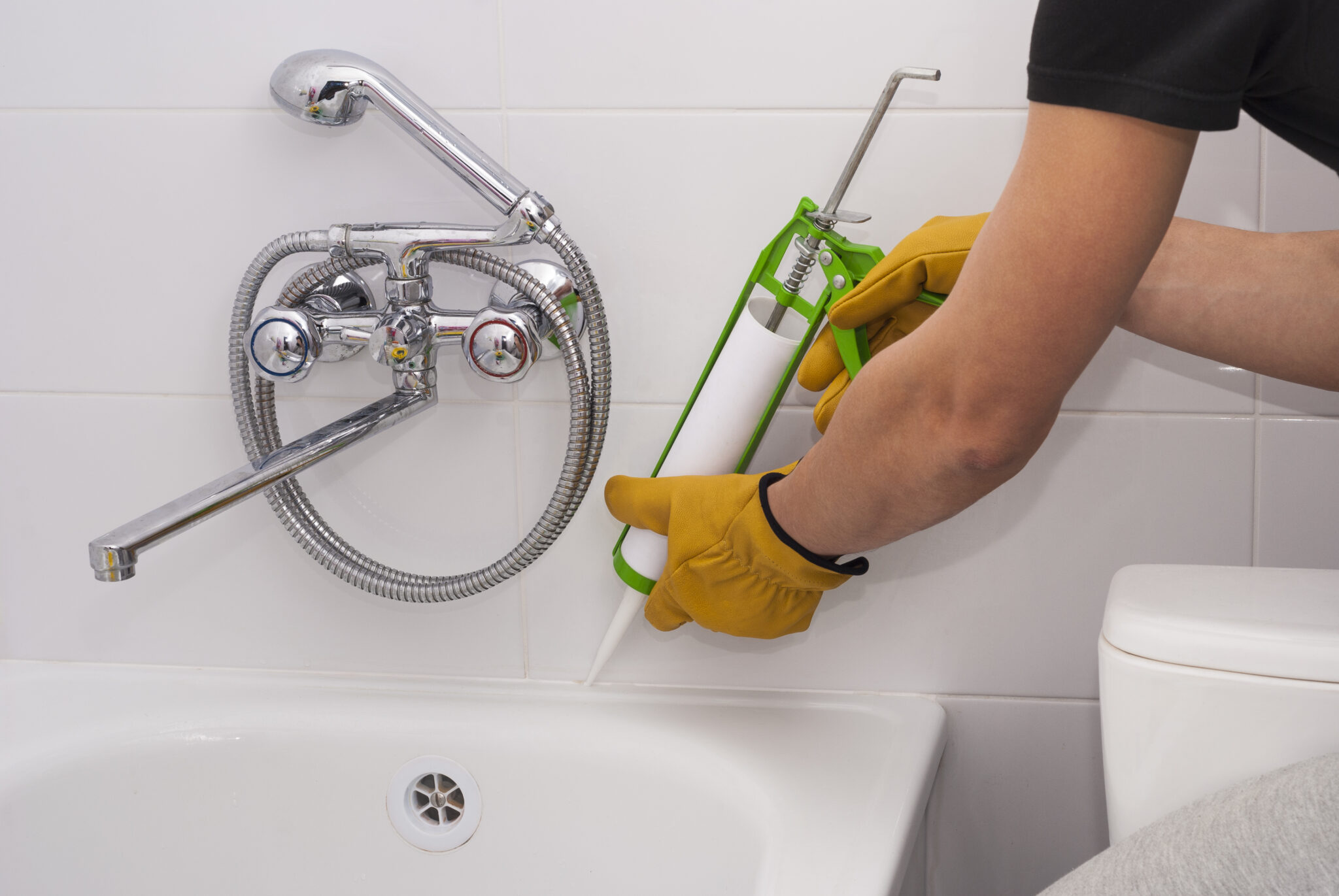

0 thoughts on “How To Remove Silicone Caulk From Bathtub”